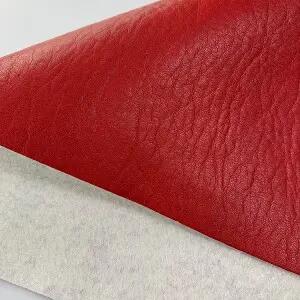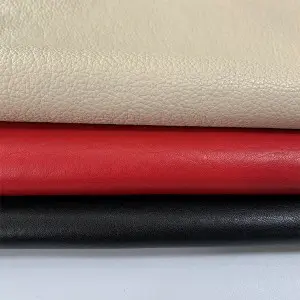Today, there are several eco-friendly and sustainable materials that can be used for the production of bio base leather.bio base leather For example, pineapple waste can be turned into this material. This bio-based material is also made from recycled plastic, which makes it a great option for apparel and footwear. This material is also widely used in automotive parts and is environmentally friendly as it contains no toxic substances. Furthermore, it is also more durable than regular leather, making it an excellent choice for vehicle interiors.
The demand for bio-based leather is expected to be particularly high in developing countries.bio base leather The APAC region is projected to be the fastest growing region, accounting for the majority of the global market for bio-based leather by 2020. This region is anticipated to lead the market for bio-based leather in Europe. It is also one of the largest markets worldwide, accounting for nearly half of the global market in 2015. Despite the high initial cost, bio-based leather is a great option for both luxury and fashion brands.
The market for bio-based leather is becoming increasingly popular.bio base leather Compared to conventional leather, it is carbon neutral and made from plants. Some manufacturers are trying to avoid plastic in their products by developing viscose from eucalyptus bark, which is derived from trees. Other companies are developing bio-based leather from mushroom roots, which are found in most organic wastes. As a result, these plants can be used for the production of leather.
While bio-based leather is still an emerging market, it has not caught on as much as traditional leather. Many major players dominate the market, despite the challenges associated with its production. The demand for bio-based leather is growing as the market continues to mature. There are many factors driving the growth of the bio-based leather industry. A growing global demand for natural materials will increase the number of companies pursuing it. These companies will continue to find new ways to make the materials they use more sustainable.
North America has always been a strong market for bio-based leather. The region has long been a leader in product development and application innovation. In North America, the most popular bio-based leather products are cacti, pineapple leaves, and mushrooms. Other natural resources that can be converted into bio-based leather include mushrooms, coconut husks, and byproducts of the food industry. These products are not only eco-friendly but they also offer a sustainable alternative to the traditional leather of the past.
In terms of end-use industries, bio-based leather is a growing trend that is primarily driven by a number of factors. For example, the growing demand for bio-based products in footwear will help manufacturers to reduce their dependence on fossil fuels. Additionally, increasing awareness about the importance of natural resources will help companies in promoting the use of bio-based materials. Further, it is estimated that mushroom-based products will be the largest source of the market by 2025.
Post time: Apr-09-2022















